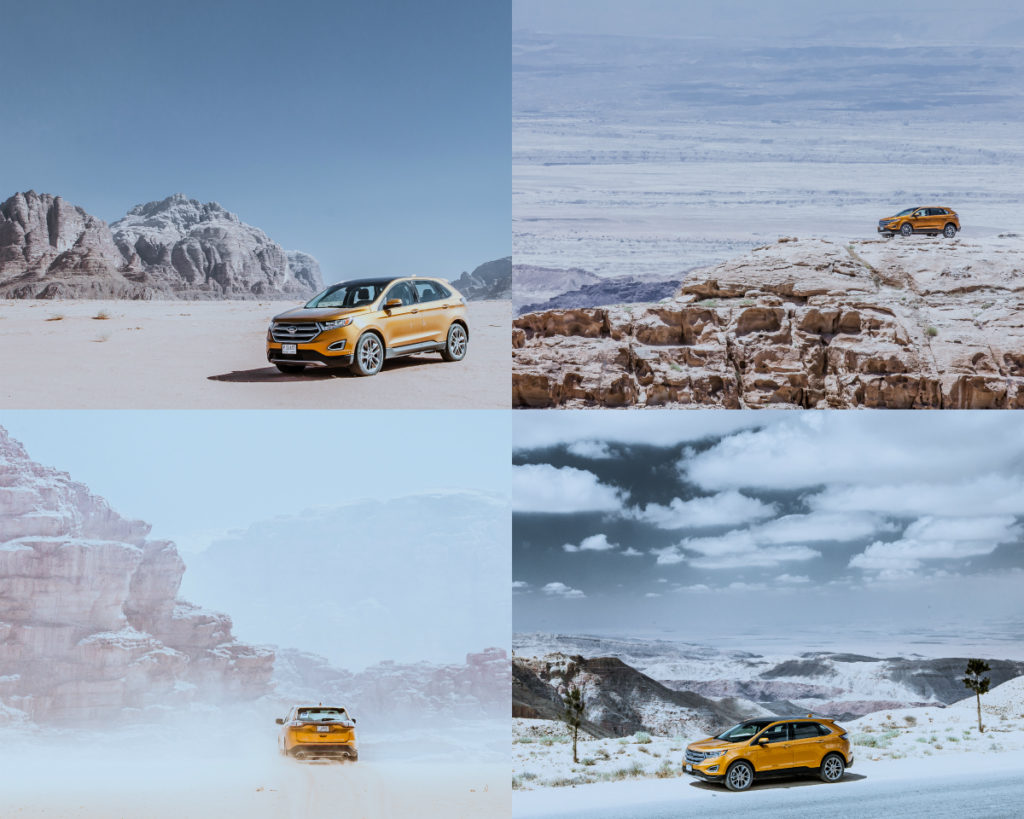 The advent of virtual reality (VR) technology is predicted to fundamentally change the way we live over the coming decades.
The advent of virtual reality (VR) technology is predicted to fundamentally change the way we live over the coming decades.
Cinemas will immerse audiences in VR movies, patients will undergo VR treatment, and consumers will enter the world of the products or services they are interested in, enabling a whole new dimension to the idea of sampling, or trying new things out. Cars are no different.
American automaker Ford is now starting to explore how the technology could change the car retail experience.
“It is easy to imagine that someone who wants to buy an SUV could experience taking that car for a test drive over desert dunes without leaving the comfort of their home,” said Jeffrey Nowak, global digital experience chief, Ford Motor Company.
“Likewise, if you’re in the market for a city car, you could be at home relaxing in your PJs and fit in trying out the peak-time school run after you’ve put the kids to bed.”
Shoppers online can already try before they buy to find out how new glasses or clothes might suit them, or even what a new car might look like outside their home. But according to Sheryl Connelly, Ford global trend and futuring manager, they are also sometimes baffled by an overwhelming choice that leads to “Decider’s Dilemma”.
“With the Internet, consumers face an abundance of choice – impacting their attitudes toward commitment,” said Connelly. “Products and services are adapting to accommodate a ‘sampling society’ that prioritises trying over buying.”
The biggest trigger of car sales, after practical financial issues, is “purely emotional”, and the test drive can be a crucial “first date” for the shopper and their potential next car.
By enabling car buyers to try out different models at a time and place to suit them, and for as long as they want, VR could also mean customers have a much clearer idea of which car they want before they even step into a dealership. It could even enable customers to experience the unique new car smell of their preferred vehicle.
Ford is currently exploring the potential of a range of virtual and augmented reality technologies to layer digital holograms onto the real world that could within the next decade allow people to interact with every aspect of products at their convenience.
“We envisage that one day, a customer could identify the model they are interested in – from the colour to the exact finish of their interior – and the time and place they would like to simulate. That scenario could then be recreated on a bespoke basis,” said Nowak. “There really is no limit to the depth of detail. The possibilities are endless.”
Car shoppers can immerse themselves in Jaguar Land Rover virtual vehicles.
Check out the interactive Ford experience studio in New York City.












